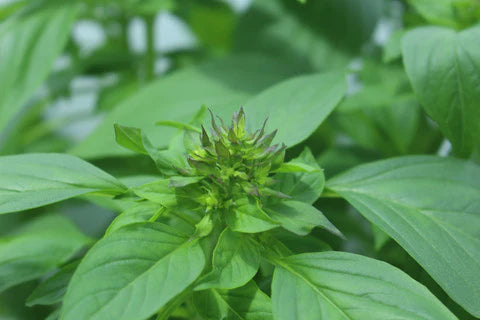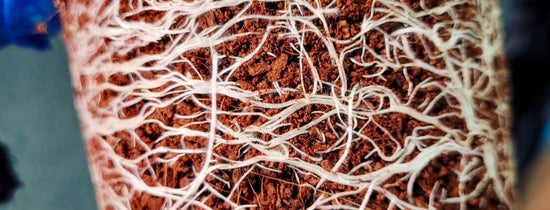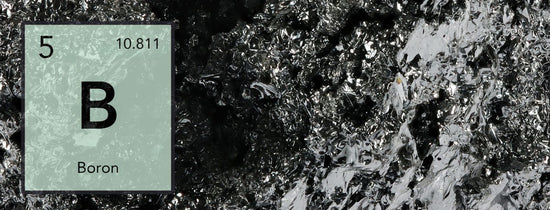Zinc Quick Facts.
- Zinc, is absorbed via the divalent Cation (Divalent; Valency of two include elements Ca & S)
- If a Zinc deficiency occurs, hormone production is decreased.
- Zinc is a micronutrient, meaning the amount needed for growth and protein synthesis is small.
- Large harvest weights cannot be achieved without Zinc’s presence.
- An immobile nutrient, zinc will show deficiencies in newest/youngest growth.
- Zinc is available within a pH range of 5.5-5.8, as the pH rises zinc becomes unavailable.
- Zinc is crucial in the vegetating phase as it synergises other elements for plant growth & enzymatic processes.
- Zinc is crucial for establishing a functional metabolic system in young vegetating plants.
- Foliar treatments tend not to work as the leaf surface is negatively charged whereas zinc is positively charged so technically pointless.
Zinc is one of the essential micronutrients needed for plant life and plays an important role in the metabolism of plants, several enzymes and proteins within plant cells, but even though only a small amount is needed, its crucial for development.
Zinc activates several enzymes that are responsible for protein synthesis, assists with the production of chlorophyll and carbohydrates and is essential for the formation of auxins which regulate growth and stem elongation.
Zinc Deficiency
Zinc is similar to most micronutrients in that it is immobile, once you notice deficiencies, its in a late stage and difficult to fix quickly as transporting this nutrient through a plant is slow, you will see deficiencies at the top of new leaves and the canopy.
Deficiencies are typically shown as chlorosis of new leaves and necrotic spots, similar to that of calcium deficiencies, in fact its often confused with calcium deficiencies. New leaf growth will often 'cup' upwards or form distorted.
Zinc Toxicity
Zinc toxicities are generally rare and unlikely to be seen by many growers, they often occur when zinc reaches levels of 200 ppm or above. Symptoms of toxicity are shown as smaller leaf sizes, chlorosis of newer leaf growth and leaf tips along with poor leaf formation over the entire plant. The main issue with Zinc toxicity is it share all its symptoms with several other nutrients and is almost impossible to diagnose from visual queues alone.
Zinc should be found in adequate levels in all balanced nutrients sold on the market today and all deficiencies and toxicities are generally a result of another variable conflicting with your plants, locking out or altering correct feeding schedules may cause issues with zinc, although uncommon.
#growwithus







